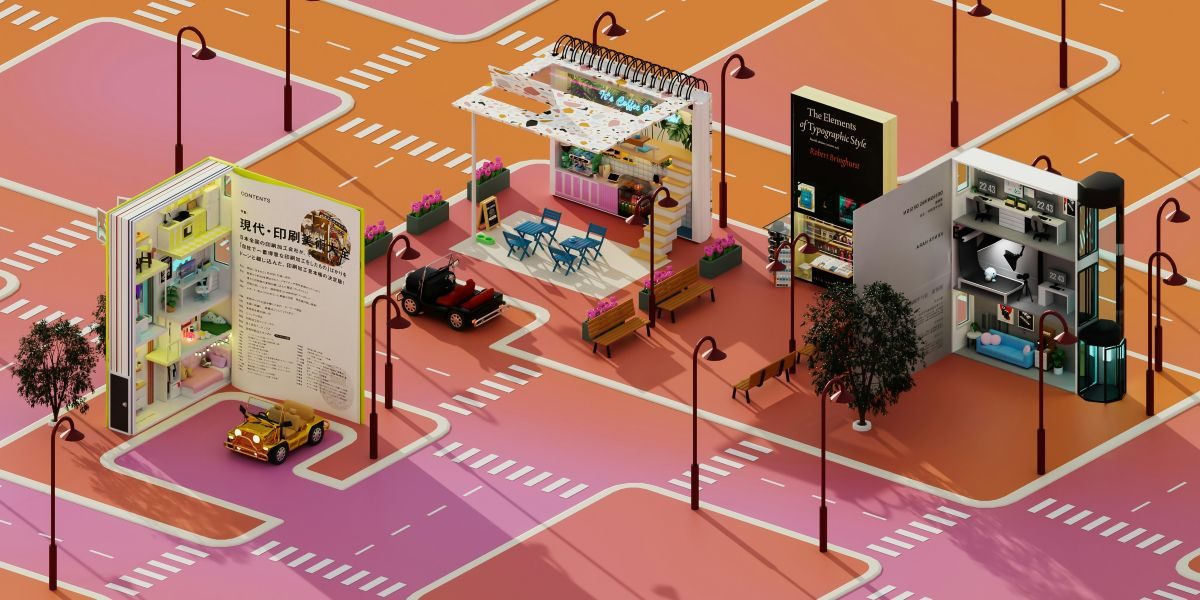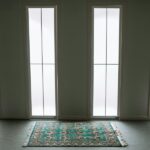By: Farzana Bashir
At modern exhibitions, brands no longer compete solely on products; they compete on atmosphere, experience, and space. The impression of a stand begins even before personal contact with the manager. That is why creating custom exhibition stands has become a real art: not just building an attractive structure, but embodying a brand in a physical environment. And it starts with understanding what exactly we are translating into space.
Brand DNA 101—What Are We Translating?
Every brand has its own “DNA” — a set of invisible characteristics that shape its identity. These are vision, mission, values, tone of communication, and visual style. These elements should be “translated” into the spatial environment with the help of custom-built exhibition stands, so that the audience intuitively understands who they are engaging with.
What Is Brand DNA?
Brand DNA is a term used to describe the essence or foundation of a brand, the fundamental nature that defines what the brand is. It goes beyond logos or tones to encompass influences that are more subtle and intangible, affecting every encounter a person has with the brand.
Custom exhibition stand builders focus on synchronizing architecture, graphics, materials, and interior with the brand’s style. This is not just about designing but about creating an experience — a specialist who knows how to think in terms of both function and form, not just aesthetics.
Key Elements of Brand DNA We Translate
- Purpose: Why does the brand exist beyond generating profit? The reason or mission that drives the brand’s existence.
- Core Values: The principles, ethics, and beliefs that guide the brand’s decisions and actions.
- Brand Personality: The human-like traits or characteristics the brand expresses (e.g., playful, reliable, sophisticated).
- Brand Commitment: The unique benefit or value proposition the brand aims to deliver to customers consistently.
- Vision and Mission: The long-term aspirations (vision) and the concrete steps or goals (mission) the brand seeks to achieve.
Discovery Workshops: Asking the Right Questions
To create a successful stand, it’s important to get to know not only the brand but also the audience. Custom exhibition stand designers conduct strategic workshops with the client to discover who visits the stand, what they expect to hear, see, and feel. Visitor personas are vital for determining the tone, layout, and focus.
Key Brand Adjectives Exercise
Another tool is an exercise to identify key brand adjectives. For example: “innovative”, “warm”, “elegant”. These words are then transformed into specific, bespoke exhibition stand design solutions, from lighting to textures and surface finishes. This also fosters better communication between the client and the custom exhibition stand contractor.
From Mood Board to Floor Plan
After collecting insights and associations, a “language map” is created—a color palette and a selection of materials and textures that embody the brand’s spirit. For example, using wood with a coarse grain may signal naturalness and sustainability, while gloss and metal might suggest technological sophistication.
Custom exhibition stand design carries an emotional impact, and even the smallest details matter. This is where the experience of a custom exhibition stand company comes into play, as it understands how colors and materials are perceived under exhibition conditions.
Zoning the Customer Journey
Route planning is another critical task. Custom-built exhibition stands are designed with a clear focus on the phases of contact: greeting, demonstration, dialogue, and rest. The space is divided into zones that correspond to the logic of sales and comfort.
Measuring Success: Did the Space Feel Like the Brand?
How can you assess if visitors truly understood the brand identity? After the event, surveys are conducted to evaluate how clear, attractive, and trustworthy the stand was perceived to be. Here, custom exhibition stand builders can analyze the responses and compare them with the original objectives.
Social Media Resonance Check
Another indicator is the activity on social networks. Were the bespoke exhibition stands photographed? Did visitors tag the brand? Did they leave positive comments? If so, the space likely spoke the brand language effectively. Such feedback allows you to refine your approach in future projects.
It is a complex but exciting process — creating custom-built exhibition stands that not only attract attention but also convey the essence of the brand. This is where the integration of marketing, architecture, and human psychology happens. The ideal bespoke exhibition stand contractors are skilled at making the space work effectively.

















